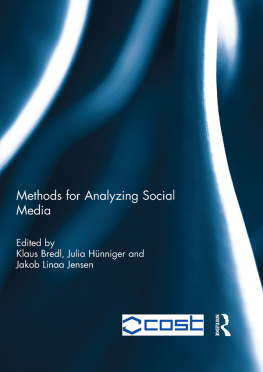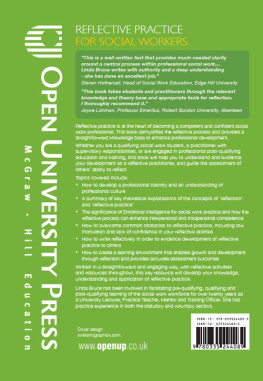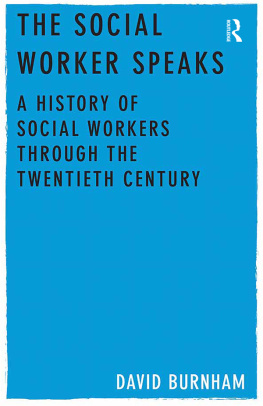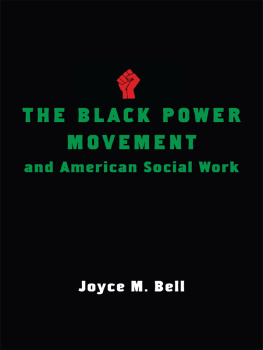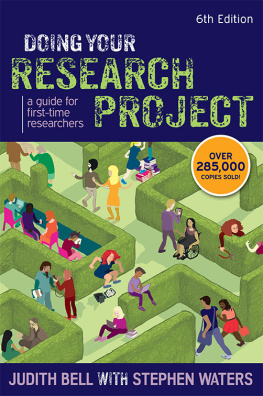Linda Bell 2017
All rights reserved. No reproduction, copy or transmission of this publication may be made without written permission.
No portion of this publication may be reproduced, copied or transmitted save with written permission or in accordance with the provisions of the Copyright, Designs and Patents Act 1988, or under the terms of any licence permitting limited copying issued by the Copyright Licensing Agency, Saffron House, 610 Kirby Street, London EC1N 8TS.
Any person who does any unauthorized act in relation to this publication may be liable to criminal prosecution and civil claims for damages.
The author has asserted her right to be identified as the author of this work in accordance with the Copyright, Designs and Patents Act 1988.
First published 2017 by
PALGRAVE
Palgrave in the UK is an imprint of Macmillan Publishers Limited, registered in England, company number 785998, of 4 Crinan Street, London, N1 9XW.
Palgrave is a global imprint of the above companies and is represented throughout the world.
Palgrave and Macmillan are registered trademarks in the United States, the United Kingdom, Europe and other countries.
ISBN 9781137442826 paperback
This book is printed on paper suitable for recycling and made from fully managed and sustained forest sources. Logging, pulping and manufacturing processes are expected to conform to the environmental regulations of the country of origin.
A catalogue record for this book is available from the British Library.
A catalog record for this book is available from the Library of Congress.
PREFACE
This is a book primarily about research and how it can be applied by those who have to grapple with all kinds of problem-solving in their day-to-day work. As such, it is intended as a one-stop introduction, covering both reading about research and doing research. As we will see later, we need to be clear about what we mean by research. Critical appreciation of different approaches to research, how to develop skills to begin to carry out your own project, as well as wider aspects of what I would term research mindedness are equally important in my experience. These aspects are all going to be introduced in this volume.
Some other books may focus on one or other of these areas, but my feeling is that because they are all connected, you should at least be aware of this set of connections when approaching an enquiry or problem-solving activity. My own research journey began when, on leaving school, I was employed in a reference library and was encouraged to ask enquirers, What exactly is it that you want to find out? That question remains essential to me today, whether I am talking to student researchers, practitioners or research commissioners. It is not a question that is easily answered, and it requires reflection rather than immediate certainty on both sides. However, my enthusiasm to explore and share this question with others perhaps indicates why my journey has taken me along the paths of research and teaching and also why I wanted to write this book. My academic background in anthropology has also encouraged me to work across the boundaries of the sciences and social sciences, and therefore not to see differing approaches to research as mutually exclusive.
I have aimed this book mainly at social workers and allied health or social care staff, especially qualifying level students with whom I have worked for many years; but it should also be of interest to those of you who are already qualified and/or are working in practice. You may be drawn into various forms of enquiry as part of your work, for example some employers may wish to develop partnerships that allow practitioner researchers, academics and those developing social work or health interventions to work together more effectively; this can be important for both service user outcomes and for staff development (CPD), and requires understanding of how to carry out research or evaluation. I think it is important, for example, to be clear about making a basic distinction between the design of a research project (what I would term its methodology) and the actual techniques or methods used within that design. Perhaps you may also want to start your own personal journey towards a higher or a research degree; once again, I have often shared these kinds of experiences with people like you, and this book is intended to help you start this journey.
Apart from taking an individualised research degree focus, most researchers will find themselves working on projects as part of a team, which I think is one of the most rewarding (if also challenging) aspects of doing research. This aspect should also resonate clearly with professional practitioners such as social workers; you may think you are already used to team working, but I believe you also need to be prepared for research project team work. This kind of collaboration will often incorporate all sorts of people, including users of services, and will cross boundaries, such as those between local authorities and academic institutions, with their differing agendas, timescales and priorities, perhaps leading to extra and unexpected challenges. Collaboration also raises all kinds of issues about the use of self and the ubiquitous emotional aspects of doing research in practice.
I have had to assume through experience that some of you (especially students) will have had no previous exposure to research methods, and I understand that this subject and set of techniques may seem to be very alien to what you thought you were signing up for when you decided to train as a professional practitioner. Added to this, some of you may also have had little previous knowledge of areas such as statistics, so these aspects of research methods may initially seem particularly daunting.
At this point, I would ask you not to put the book down but to consider setting out on an interesting journey from which you will, I am sure, have much to gain, especially as a professional practitioner. I will attempt to define or explain unfamiliar terminology in the glossary and through various exercises and examples, but we first need to start from where you are; those of you who are already familiar with research methods as a subject area should find much to reflect on and perhaps reconsider in these pages, the contents of which have been drawn from my own personal experiences of working alongside students or social work practitioners when doing research, or when teaching or writing about it.
I always try to come as close as I can to facilitating the application of research methods to your area(s) of professional practice and I would ask you, as social workers or health professionals, to continue to reciprocate! I have always found this collaborative process very rewarding, and I have learnt a lot from all of you. This approach will provide us with the pos-
sibility of starting out optimistically and with similar intentions.



